Don’t Get Plugged In Wrong: Comparing EV Charger Standards in Europe, America, and China
Taming the Charging Jungle: A Guide to EV Charger Standards
The future of transportation is electric, but a confusing tangle of charging standards throws a wrench into the smooth operation of electric vehicles (EVs). Imagine buying an EV and then discovering the charging station doesn’t fit your car! This frustration stems from the lack of a universal standard across brands and regions.
This guide will unravel the mystery of EV charging standards, focusing on the three main ones: American Standard, European Standard, and China’s National Standard. We’ll also delve into the differences between AC and DC charging.
Decoding the Plug Game: AC vs. DC Standards
EV charging comes in two flavors: AC (Alternating Current) and DC (Direct Current). AC charging is slower and typically used for home charging, while DC charging is much faster and found at public charging stations.
Standards in the Spotlight: American vs. European
- American Standard (SAE J1772): This standard reigns supreme in North America. It uses the J1772 connector, easily recognizable by its flat rectangular shape with rounded corners. This standard offers both AC and DC charging options, categorized by levels (1 and 2) that indicate charging speed (Level 2 being faster).
- European Standard (Type 2): Dominating Europe, the Type 2 connector has a rounded, pistol-grip design. Similar to the American standard, it offers AC and DC charging through levels 1 and 2. Tesla uses Type 2 for its European models.
China’s National Standard (GB/T): A Regional Twist
China’s National Standard (GB/T) builds upon the European standard with some modifications. Issued by the Ministry of Industry and Information Technology, it’s considered a “recommended” standard. The connector has a similar shape to Type 2 but operates at a different voltage (250V).
DC Charging Standards: A Trio of Options
The world of DC charging has three main players:
- CHAdeMO (Japan): Popular in Japan, CHAdeMO uses a unique connector and is primarily for DC fast charging.
- National Standard DC (China): This standard utilizes a modified version of the GB/T connector for DC fast charging.
- Combined Charging System (CCS): Gaining traction globally, CCS is a technology rather than a standard. It allows a single connector to handle both AC and DC charging, making it highly versatile. Popular car brands like BMW utilize CCS.
Unveiling the Design Challenges: Standard Similarities and Differences
While seemingly complex, charging station designs share some similarities across standards. The temperature sensor, for instance, is usually located on the charging head. However, key differences exist:
- Voltage: The National Standard operates at 250V, compared to the European standard’s 400V.
- Physical Design: The National Standard features a mechanical lock and a micro switch on the connector head, adding complexity to the design.
These differences require unique solutions from product design engineers, ensuring a seamless user experience regardless of the charging standard.
This guide equips you with the knowledge to navigate the world of EV charging standards. Remember, the future is electric, and understanding these standards empowers you to make informed decisions about your electric vehicle journey.
Share this:
Solar Insights & Updates
Don’t Get Plugged In Wrong: Comparing EV Charger Standards in Europe, America, and China
Taming the Charging Jungle: A Guide to EV Charger Standards
The future of transportation is electric, but a confusing tangle of charging standards throws a wrench into the smooth operation of electric vehicles (EVs). Imagine buying an EV and then discovering the charging station doesn’t fit your car! This frustration stems from the lack of a universal standard across brands and regions.
This guide will unravel the mystery of EV charging standards, focusing on the three main ones: American Standard, European Standard, and China’s National Standard. We’ll also delve into the differences between AC and DC charging.
Decoding the Plug Game: AC vs. DC Standards
EV charging comes in two flavors: AC (Alternating Current) and DC (Direct Current). AC charging is slower and typically used for home charging, while DC charging is much faster and found at public charging stations.
Standards in the Spotlight: American vs. European
- American Standard (SAE J1772): This standard reigns supreme in North America. It uses the J1772 connector, easily recognizable by its flat rectangular shape with rounded corners. This standard offers both AC and DC charging options, categorized by levels (1 and 2) that indicate charging speed (Level 2 being faster).
- European Standard (Type 2): Dominating Europe, the Type 2 connector has a rounded, pistol-grip design. Similar to the American standard, it offers AC and DC charging through levels 1 and 2. Tesla uses Type 2 for its European models.
China’s National Standard (GB/T): A Regional Twist
China’s National Standard (GB/T) builds upon the European standard with some modifications. Issued by the Ministry of Industry and Information Technology, it’s considered a “recommended” standard. The connector has a similar shape to Type 2 but operates at a different voltage (250V).
DC Charging Standards: A Trio of Options
The world of DC charging has three main players:
- CHAdeMO (Japan): Popular in Japan, CHAdeMO uses a unique connector and is primarily for DC fast charging.
- National Standard DC (China): This standard utilizes a modified version of the GB/T connector for DC fast charging.
- Combined Charging System (CCS): Gaining traction globally, CCS is a technology rather than a standard. It allows a single connector to handle both AC and DC charging, making it highly versatile. Popular car brands like BMW utilize CCS.
Unveiling the Design Challenges: Standard Similarities and Differences
While seemingly complex, charging station designs share some similarities across standards. The temperature sensor, for instance, is usually located on the charging head. However, key differences exist:
- Voltage: The National Standard operates at 250V, compared to the European standard’s 400V.
- Physical Design: The National Standard features a mechanical lock and a micro switch on the connector head, adding complexity to the design.
These differences require unique solutions from product design engineers, ensuring a seamless user experience regardless of the charging standard.
This guide equips you with the knowledge to navigate the world of EV charging standards. Remember, the future is electric, and understanding these standards empowers you to make informed decisions about your electric vehicle journey.

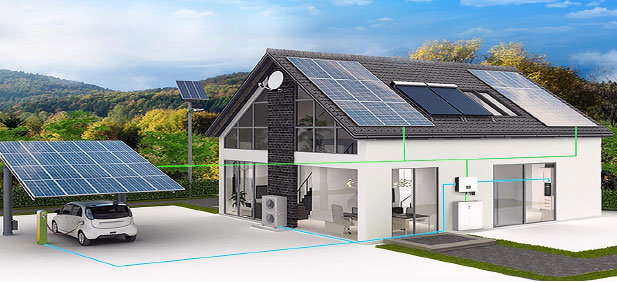
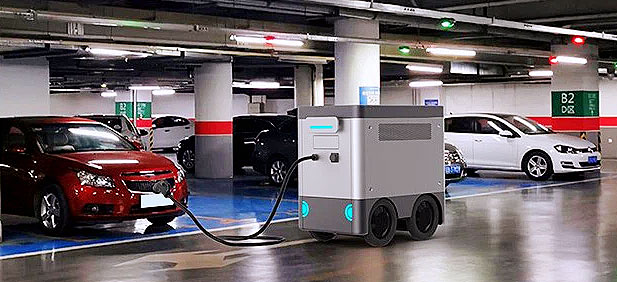











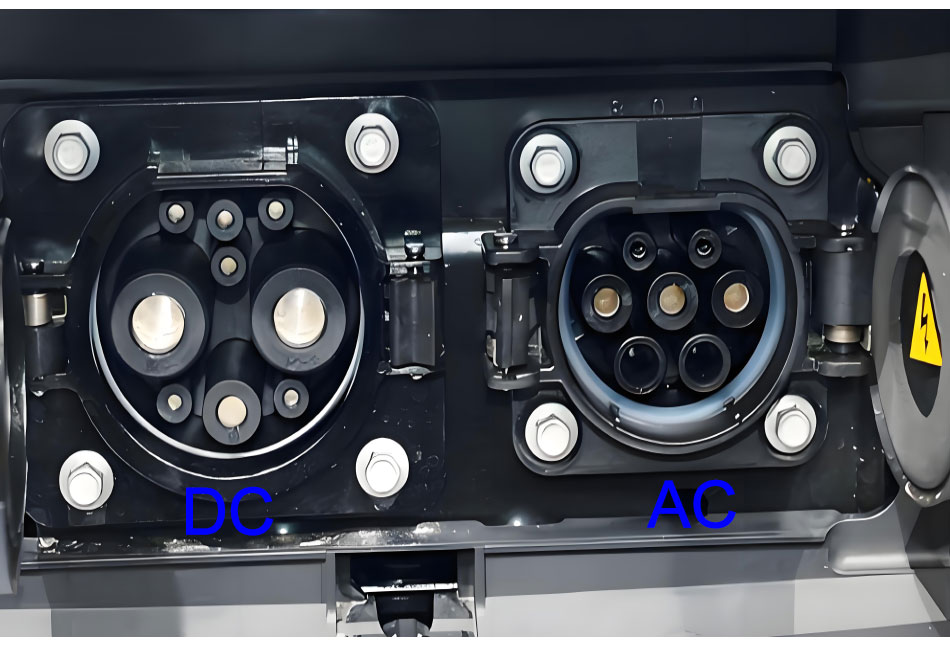

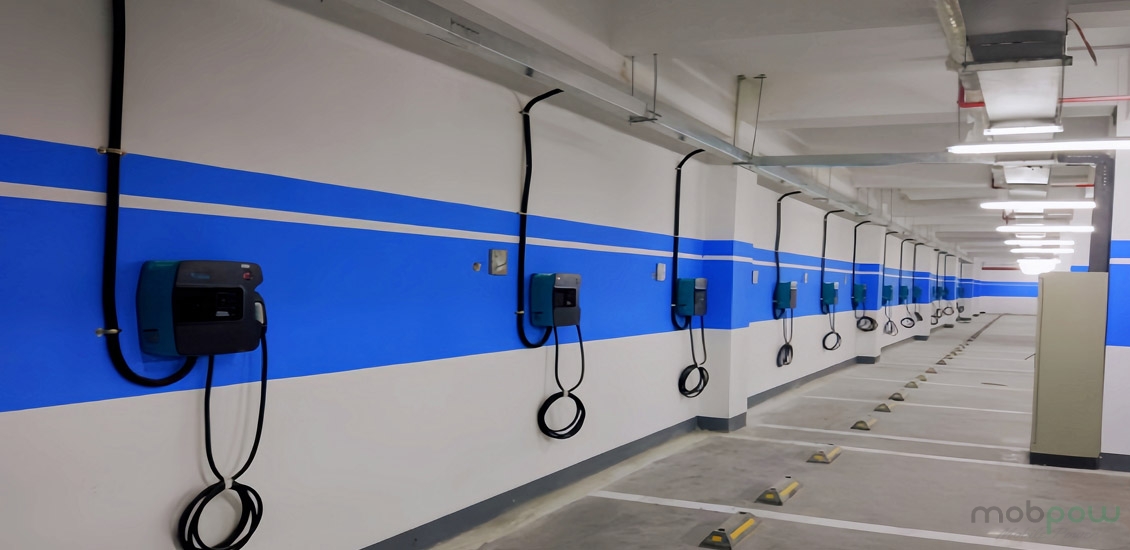
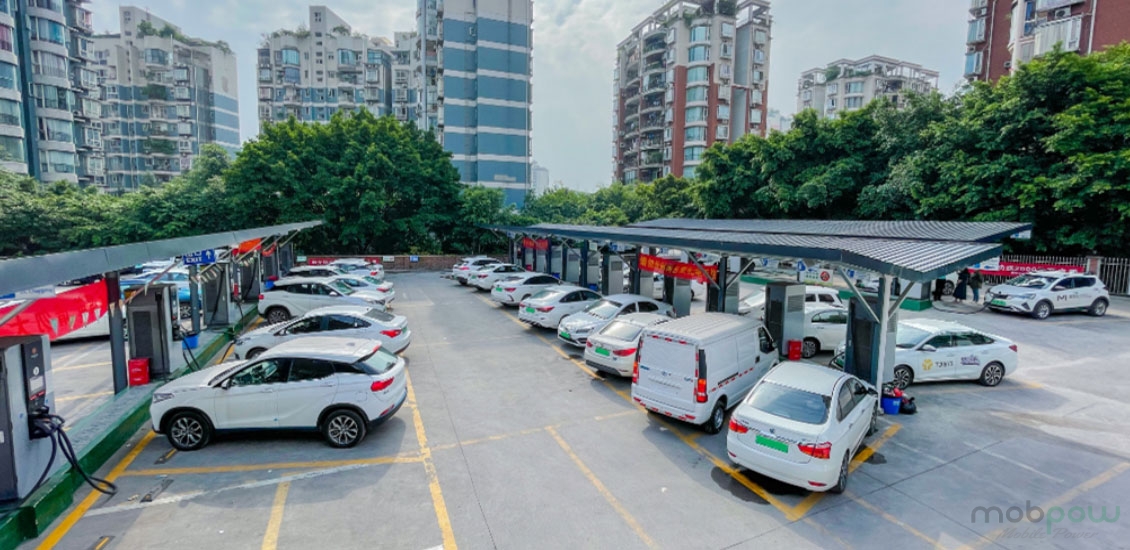
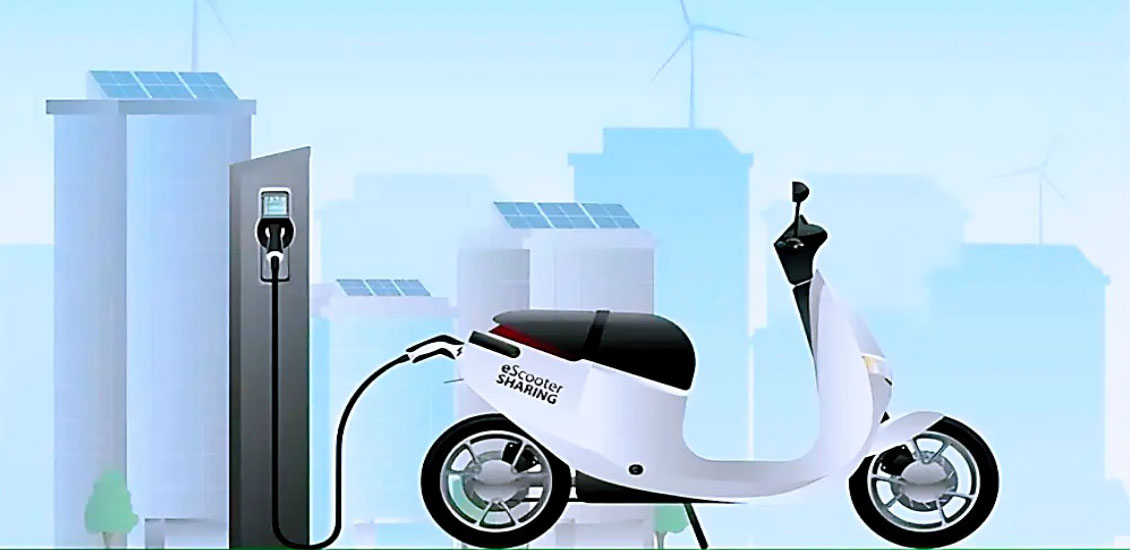
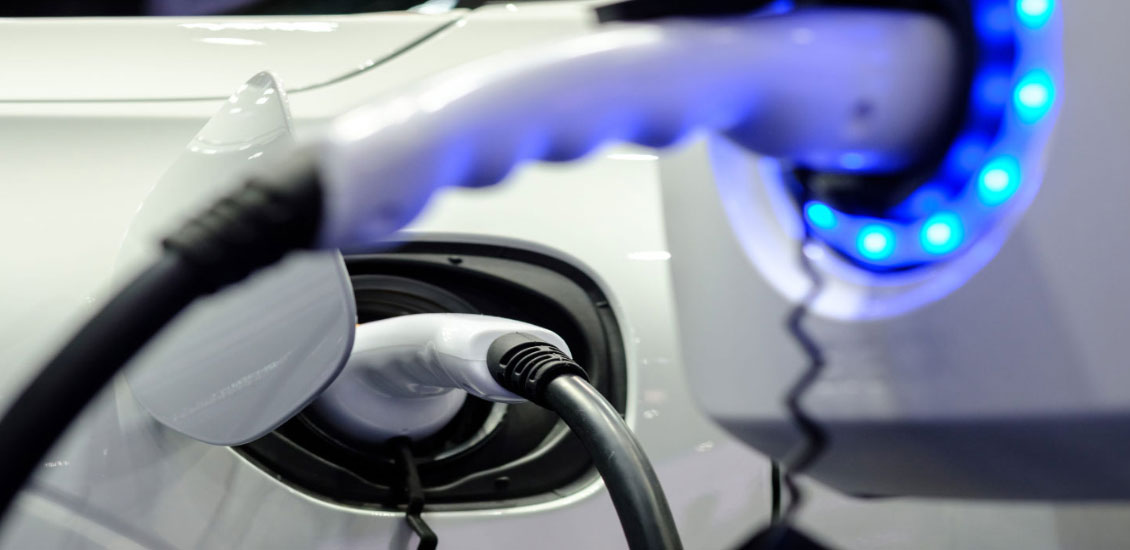
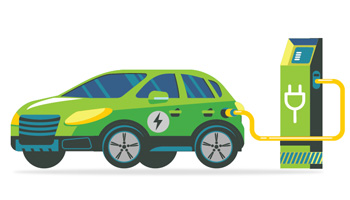
Smith Sunny says:
Smith Sunny says:
Smith Sunny says: